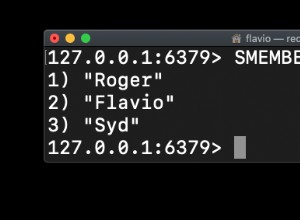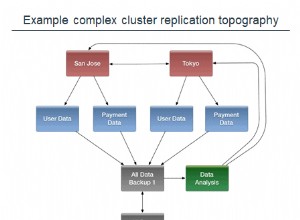Spróbuj tego :
Jak już sugerowałem, możesz użyć tego:
Database.find({})
.populate({ path: 'components', match: { name: /antr/i }, select: 'name -_id' })
.exec((err, data) => { console.log(err); res.json(data); });
Ponieważ widzisz pustą tablicę, jest to spowodowane zapytaniem filtrującym w match który nie znajduje odpowiednich dokumentów w kolekcji komponentów w.r.t. ObjectIds w tablicy komponentów dokumentu bazy danych, jest to normalne. Być może możesz je odfiltrować w kodzie, ponieważ nie patrzysz w ten sposób, możesz użyć $lookup mongoDB z frameworka agregacji, który jest odpowiednikiem .populate() z mangusty.
Database.aggregate(
[{
$lookup: {
from: "components",
"let": { "ids": "$components" },
pipeline: [
{ $match: { $expr: { $in: ['$_id', '$$ids'] } } }],
as: "dbComponentsArray"
}
}, { $unwind: '$dbComponentsArray' }, { $match: { 'dbComponentsArray.name': /antr/i } },
{ $group: { _id: '$_id', dbComponentsArray: { $push: '$dbComponentsArray' }, data: { $first: '$$ROOT' } } }, { $addFields: { 'data.dbComponentsArray': '$dbComponentsArray' } },
{ $replaceRoot: { 'newRoot': '$data' } }])
Przykładowe dane w kolekcjach:
komponenty:
/* 1 */
{
"_id" : ObjectId("5d481cd098ba991c0857959f"),
"name" : "antracito",
"updatedAt" : ISODate("2019-08-05T12:10:56.777Z"),
"__v" : 0
}
/* 2 */
{
"_id" : ObjectId("5d481cd098ba991c0857958f"),
"name" : "anacito",
"updatedAt" : ISODate("2019-08-05T12:10:56.777Z"),
"__v" : 0
}
/* 3 */
{
"_id" : ObjectId("5d481cd098ba991c0857951f"),
"name" : "antracito",
"updatedAt" : ISODate("2019-08-05T12:10:56.777Z"),
"__v" : 0
}
/* 4 */
{
"_id" : ObjectId("5d481cd098ba991c0857952f"),
"name" : "anacito",
"updatedAt" : ISODate("2019-08-05T12:10:56.777Z"),
"__v" : 0
}
baza danych:
/* 1 */
{
"_id" : ObjectId("5d4979d52a17d10a6c8de81b"),
"components" : [
ObjectId("5d481cd098ba991c0857951f"),
ObjectId("5d481cd098ba991c0857952f"),
ObjectId("5d481cd098ba991c0857953f"),
ObjectId("5d481cd098ba991c0857959f")
]
}
Wyjście:
/* 1 */
{
"_id" : ObjectId("5d4979d52a17d10a6c8de81b"),
"components" : [
ObjectId("5d481cd098ba991c0857951f"),
ObjectId("5d481cd098ba991c0857952f"),
ObjectId("5d481cd098ba991c0857953f"),
ObjectId("5d481cd098ba991c0857959f")
],
"dbComponentsArray" : [
{
"_id" : ObjectId("5d481cd098ba991c0857959f"),
"name" : "antracito",
"updatedAt" : ISODate("2019-08-05T12:10:56.777Z"),
"__v" : 0
},
{
"_id" : ObjectId("5d481cd098ba991c0857951f"),
"name" : "antracito",
"updatedAt" : ISODate("2019-08-05T12:10:56.777Z"),
"__v" : 0
}
]
}




